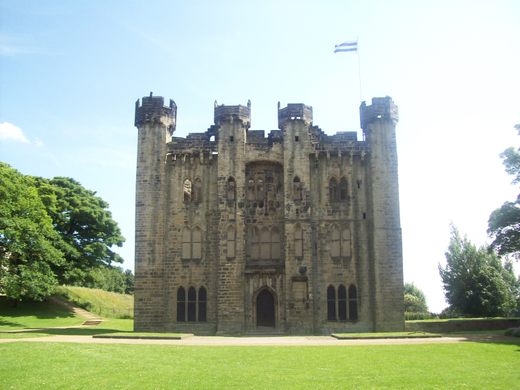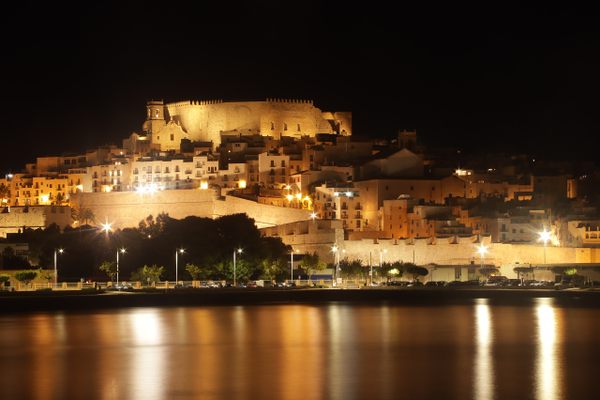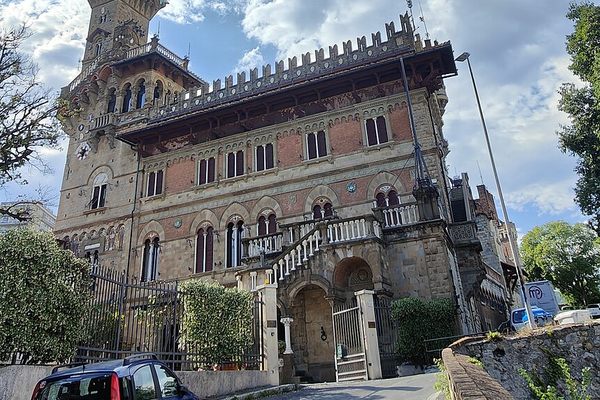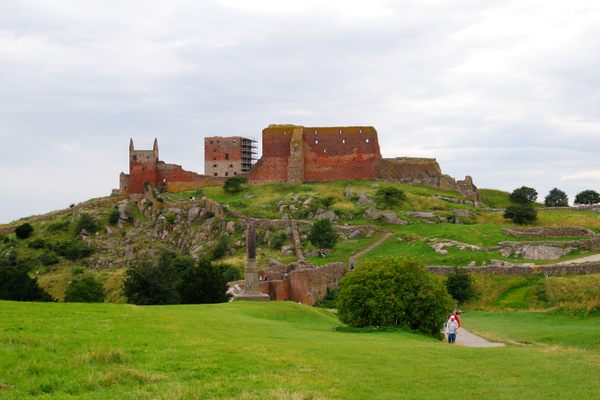Hylton Castle
Home of the infamous Cauld Lad of Hylton and one of the inspirations behind "Alice" in Sunderland.
Throughout England, there are numerous inspirations behind Lewis Carroll’s literary magnum opus Alice’s Adventures in Wonderland and its sequel Through the Looking-Glass. From the Old Sheep shop to the dodo taxidermy at the Oxford Museum of Natural History, most of such places can be found in Oxford or Cheshire. But, a little less famously, the city of Sunderland is also believed to have inspired these fantasy masterpieces.
Originally built shortly after the Norman Conquest, Hylton Castle was the principal seat of the Hylton family and remained so until the death of the last baron in 1746. It underwent several reconstructions and renovations over the centuries, its ownership changing several times during the Victorian era. Finally, it came under the care of English Heritage, designated as a Grade I listed building alongside its chapel in 1949.
One of the castle’s iconic features is its façades, adorned with various heraldic devices and shields of arms from different eras. The façade of its west wing has 20 heraldic shields in total. According to A Town Like Alice’s by historian Michael Bute, the ancestors of Alice Liddell’s family has a coat-of-arms hung here and that may have inspired the chess moves that the fictional Alice makes in Through the Looking-Glass.
Local folklore has it that in the 16th or 17th century, there was a stable boy named Roger Skelton who was either caught courting the baron’s daughter or failed miserably at his job. Murdered on the baron’s order, the boy’s spirit started to cause trouble through the castle as a poltergeist, often heard crying “I’m cold.”
The ghost stories of the Cauld Lad of Hylton became so famous in England, a song was made. Some believe that the Lad is not really a ghost, but a sort of fairy such as an elf or brownie.
Plan Your Trip
The Atlas Obscura Podcast is Back!


















Follow us on Twitter to get the latest on the world's hidden wonders.
Like us on Facebook to get the latest on the world's hidden wonders.
Follow us on Twitter Like us on Facebook